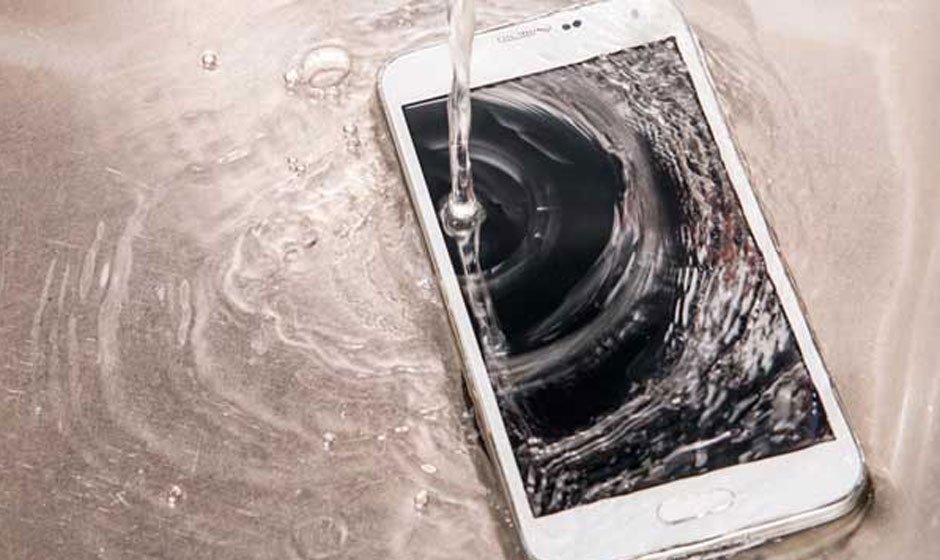Water damage is a distressing and often costly ordeal that can wreak havoc on homes and belongings. The aftermath of water damage can be overwhelming, whether floods, leaks, burst pipes, or natural disasters cause it. Nevertheless, with the proper knowledge and prompt action, recovery is possible. We will delve into recovering from water damage, highlighting the paramount steps to take and the significance of professional assistance.
Steps to take to recover from water damage
1. Assessment and Safety Measures
The first step in the water damage recovery process is to assess the extent of the damage. Safety should be the top priority during this phase. Before entering a water-damaged area, ensure the power supply is turned off to stem electrical hazards. Protective gear such as gloves, masks, and waterproof boots should be worn to minimize exposure to potentially contaminated water. Once safety is ensured, evaluate the affected areas to determine the severity of the damage. This assessment will guide your recovery efforts and help you prioritize the areas that require immediate attention.
2. Water Removal and Drying
After assessing the damage, removing the water and initiating the drying process as soon as possible is crucial. Standing water can lead to further structural damage and promote the growth of mold and mildew. Use pumps, wet vacuums, and other water extraction tools to remove standing water efficiently. Once the visible water is removed, thoroughly dry the area using dehumidifiers, fans, and specialized drying equipment. Adequate ventilation is essential to prevent moisture from lingering and causing additional damage. Remember that the drying process may take several days, depending on the severity of the damage and the materials involved.
3. Content Restoration and Salvaging
During recovery, it’s essential to salvage and restore items affected by water damage. Begin by sorting through belongings and separating salvageable items from those beyond repair. Valuables like documents, photographs, and heirlooms should be prioritized for restoration. Professional content restoration services can often salvage items that may seem irreparably damaged. These experts utilize advanced techniques such as freeze-drying, ultrasonic cleaning, and ozone treatments to restore items to their pre-damaged condition. Acting quickly to address content restoration can minimize losses and preserve sentimental items with personal significance.
4. Mold Prevention and Remediation
One of the most significant risks associated with water damage is the growth of mold and mildew. Mold can develop within 24-48 hours of water exposure, posing health risks and exacerbating the damage. To stem mold growth, it’s crucial to maintain a dry environment and promptly address any areas of excess moisture. Thoroughly cleaning and disinfecting affected areas can also help prevent mold from taking hold. In cases where mold has already developed, professional mold remediation is necessary. Certified mold remediation specialists have the expertise and tools to remove mold colonies and restore indoor air quality safely.
5. Structural Repairs and Reconstruction
In severe water damage, structural elements of a building may be compromised. Walls, floors, ceilings, and other components may weaken over time due to prolonged exposure to water. It’s paramount to enlist the services of a qualified contractor or restoration company to assess and repair structural damage. Depending on the extent of the damage, repairs may implicate replacing drywall, reinforcing beams, and addressing foundational issues. Timely and effective structural repairs are paramount to ensure the safety and stability of the building.
6. Insurance Claims and Professional Assistance
Dealing with water damage can be overwhelming, especially when navigating insurance claims and coordinating recovery efforts. If you have insurance coverage for water damage, it’s essential to contact your insurance provider as soon as possible. Document the damage with photographs and detailed descriptions to support your claim. Additionally, consider seeking professional assistance from water damage restoration companies. These experts have the experience, equipment, and knowledge to handle the recovery process efficiently. Their services encompass everything from initial assessment to content restoration, mold remediation, and structural repairs.
7. Preventative Measures for the Future
Once the recovery process is complete, it’s wise to take preventive measures to bypass future water damage. Regularly inspect your home for leaks, maintain gutters and downspouts, and ensure your property’s drainage systems function correctly. Contemplate installing sump pumps and water detection devices to warn early about potential issues. Proper insulation and ventilation can also help regulate indoor humidity levels and mitigate the risk of future damage. Educating yourself about emergency protocols and disaster preparedness can equip you with the knowledge to respond effectively to water-related emergencies.
Recovering from water damage requires a systematic approach prioritizing safety, assessment, water removal, content restoration, mold prevention, structural repairs, and professional assistance. Acting promptly and seeking expert help can significantly impact the success of the recovery process. By following these steps and adopting preventative measures, you can minimize the impact of water damage and restore your home and belongings to their pre-damaged condition. Remember that water damage recovery is a journey that necessitates patience, diligence, and a proactive mindset. See this page if you want more information on water damage restoration services.

